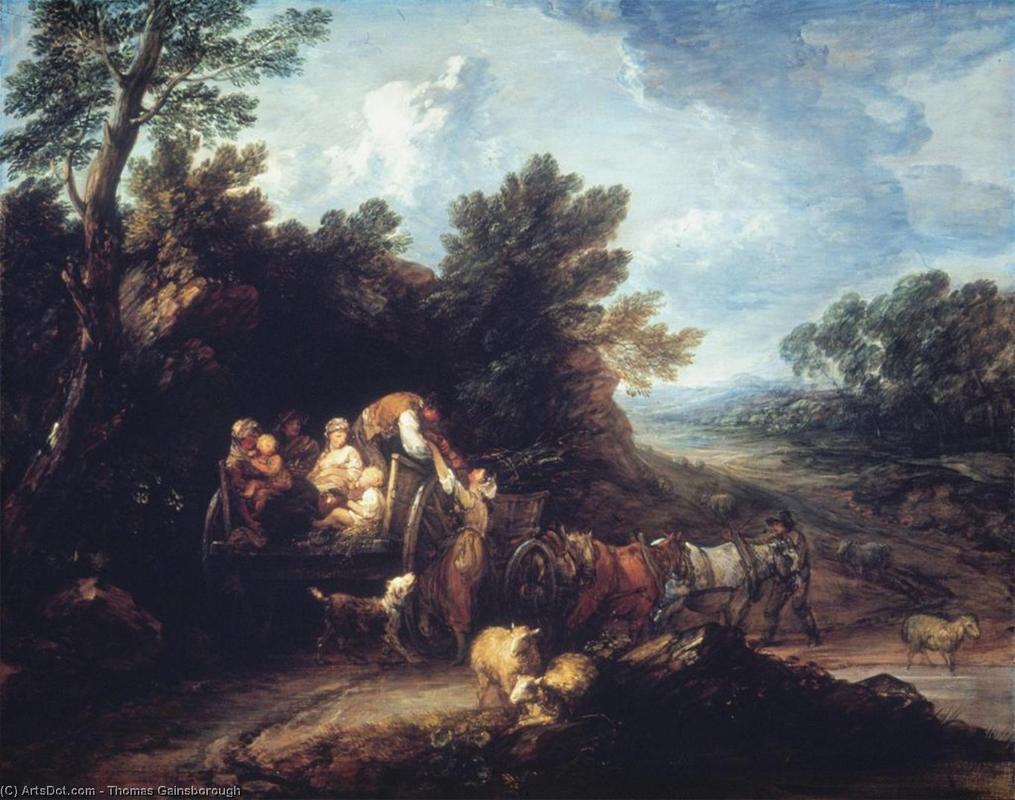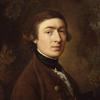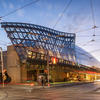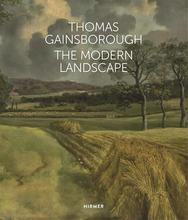More about The Harvest Wagon
- All
- Info
- Shop

Contributor
In Bath, England in 1767, Gainsborough had produced a painting that marked a transition in his approach to art, The Harvest Wagon, and he returned to the subject with another painting of the same title, seventeen years later.
Like later artists Ingres and Samuel Morse, Gainsborough wanted to escape the financially profitable world of portraiture and paint landscapes. He moved from Bath, with his family, to Schomburg House, Pall Mall, London. "I'm sick of Portraits," he said, and he yearned for "some sweet Village where I can paint Landskips [a vintage form of the word "landscapes"] and enjoy the...End of Life in quietness and ease." This work is an illustration of that isolationist yearning, the Rococo desire to retire from efficiency and directness and transparency, and appreciate the look of the tendrils of smoke emanating from your chimney. As if on cue, this work signalled the last three years of Gainsborough's life.
Like the elderly Monet, Gainsborough was still experimenting with repeated themes and images, and his work was both visually blurry and blurring the lines between different academic disciplines of art, which got him into a dispute with the Royal Academy, who didn't know how to classify his images. Gainsborough didn't display there for a few years, and finally parted ways with them right before he finished this work. His working methods were somewhat unique. According to superfan Sir Joshua Reynolds, Gainsborough "ordered" people whose characters he found interesting into his studio to model for him. He also had an unusual way of imagining his beloved Landskips: he "framed a kind of model of landskips on his table; composed of broken stones, dried herbs, and pieces of looking glass, which he magnified and improved into rocks, trees, and water."
This painting was purchased by the Prince of Wales, who would become King George IV. It was later owned by an American steel magnate, and when he died in 1927, it was auctioned off and purchased by megadealer Joseph Duveen. Deveen paid $360,000 for the painting, at that time the highest price anyone had paid for a painting in the history of the U.S. It is now in the collection of the Art Gallery of Ontario. They call it The Harvest Waggon on their website, either to distinguish it from its earlier, more famous, identically-named sibling, to give us a sense of the Ye Olde English spoken by Gainsborough and his peers, or both, but it would also have gotten my attention if they'd renamed it The Harvest Waggon II: The Reckoning.
Sources
- Asfour, Amal, and Paul Williamson. Gainsborough's Vision. Liverpool: Liverpool University Press, 1999.
- Dorment, Richard. Exhibitionist: Writing about Art in a Daily Newspaper. London: Bitter Lemon, 2016.
- McElwee, Penelope. The Non-Representation of the Agricultural Labourers in 18th and 19th Century English Paintings. Cambridge: Cambridge Scholars Publishing, 2016.
- Reynolds, Sir Joshua. The Literary Works of Sir Joshua Reynolds: Containing His Discourses, Papers in the Idler, the Journal of a Tour Through Flanders and Holland, and Also His Commentary on Du Fresnoy's Art of Painting, Volume 2. London: T. Cadell and W
- Secrest, Meryle. Duveen: A Life in Art. Chicago: University of Chicago Press, 2005.
- Steinberg, Saul. Duveen. New York: New York Review of Books, 2003.
- Stokes, Hugh. Thomas Gainsborough. London: Philip Allan, 1925.












